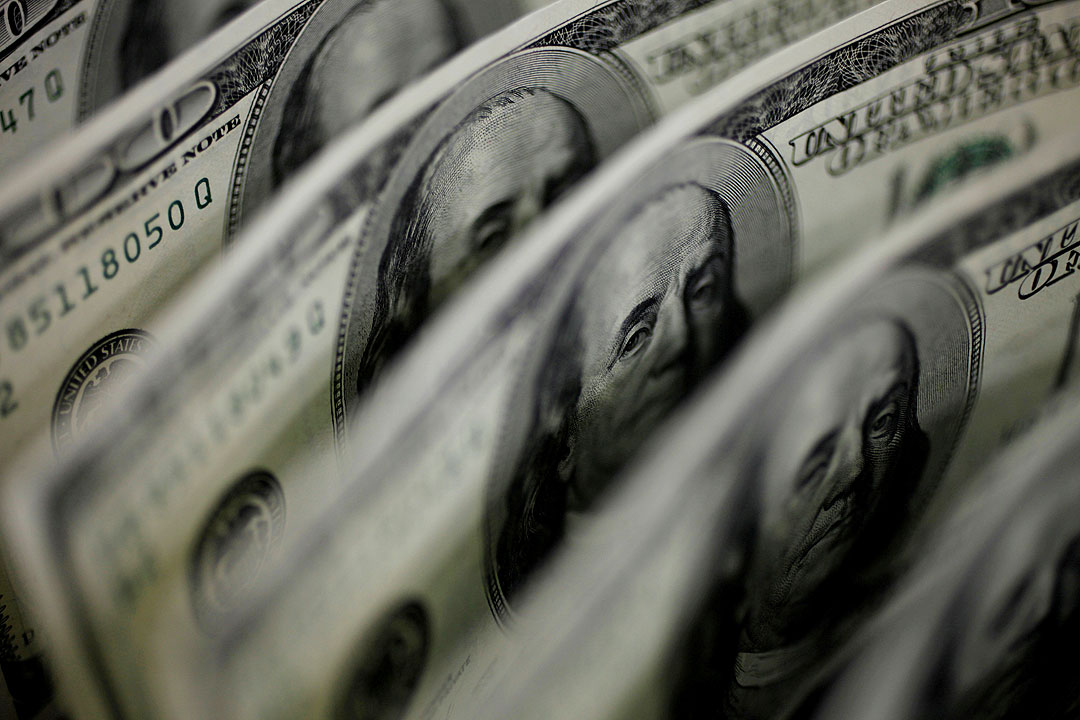Dollar firms on renewed tariff worries

SINGAPORE/LONDON — The dollar steadied on Tuesday, having fallen to its lowest in more than two months against a basket of major currencies a day earlier, buoyed by safe-haven flows after US President Donald J. Trump said tariffs on Mexico and Canada would proceed as planned.
Mr. Trump on Monday said tariffs on Canadian and Mexican imports were “on time and on schedule” despite efforts by the countries to beef up border security and halt the flow of fentanyl into the US ahead of a March 4 deadline.
Many had hoped the top two US trading partners could persuade his administration to further delay tariffs that would apply to over $918 billion worth of US imports from the two countries, from cars to energy.
But Mr. Trump’s comments spurred a rush to safety assets like gold and US Treasuries, and helped stabilize the dollar, which has fallen some 3% from its January peak, after weaker-than-expected US economic data that stoked worries over its growth outlook.
That left the euro at $1.04672, a touch off Monday’s one-month peak hit in the aftermath of the German election, and the pound at $1.2618, just off Monday’s two-month high.
The Japanese yen, which has been boosted by market bets on further rate hikes from the Bank of Japan, was steady at 149.5 a dollar after reaching 148.5 a dollar on Monday, its strongest since mid-December.
The combination of those moves left the dollar index, which tracks the unit against six peers, at 106.60, up from Monday’s two-month low of 106.10.
“Since the last week or two, the incoming economic news from the US is really playing to this narrative that the US is kind of losing its economic exceptionalism,” said Ray Attrill, head of FX strategy at National Australia Bank. “But whenever we see a reasonable risk-off tone in equity markets… the dollar gets its sort of traditional safe-haven support.”
“Heading towards these key tariff deadlines, it’s hard to see a significant recovery in risk sentiment … and that’s going to keep defensive support for the US dollar in place,” he added.
The Canadian dollar was at C$1.4257 a dollar, its weakest in over a week, but a far cry from the C$1.4792 a dollar to which it had tumbled on Feb. 3, in the aftermath of Mr. Trump’s initial announcement of tariffs on Canada.
Options markets also hiked expectations of the volatility they expect for the Canadian dollar to their most in two weeks, but again, levels were well short of those at the start of the month.
In Europe, eyes remained on German politics, where the conservatives’ Friedrich Merz was looking to quickly form a government after winning a national election on Sunday, but faces tricky coalition talks and the prospect of an obstructive parliament after far-right and far-left parties surged.
That has left investor hopes of greater borrowing and spending, that would have a positive effect on the euro, up in the air. — Reuters



